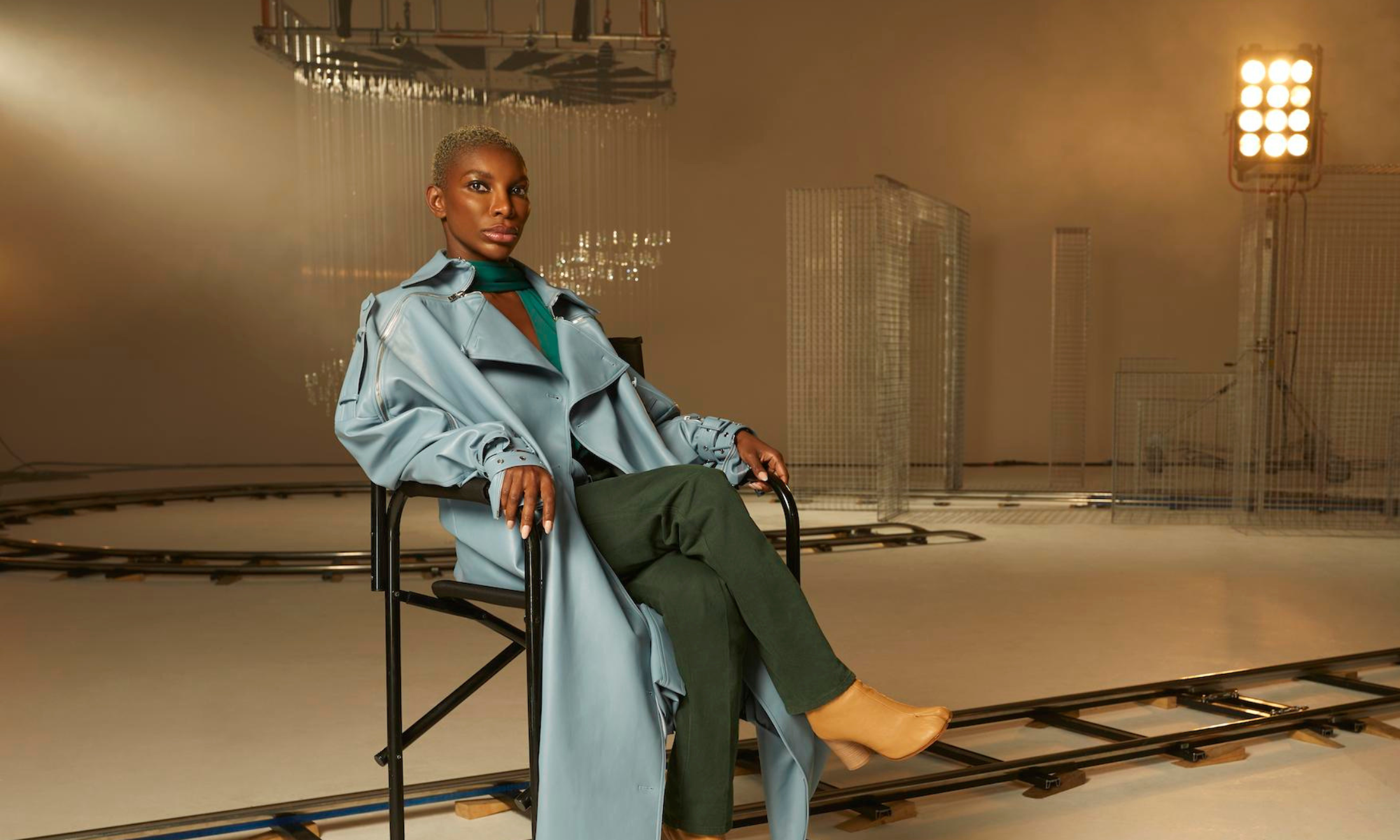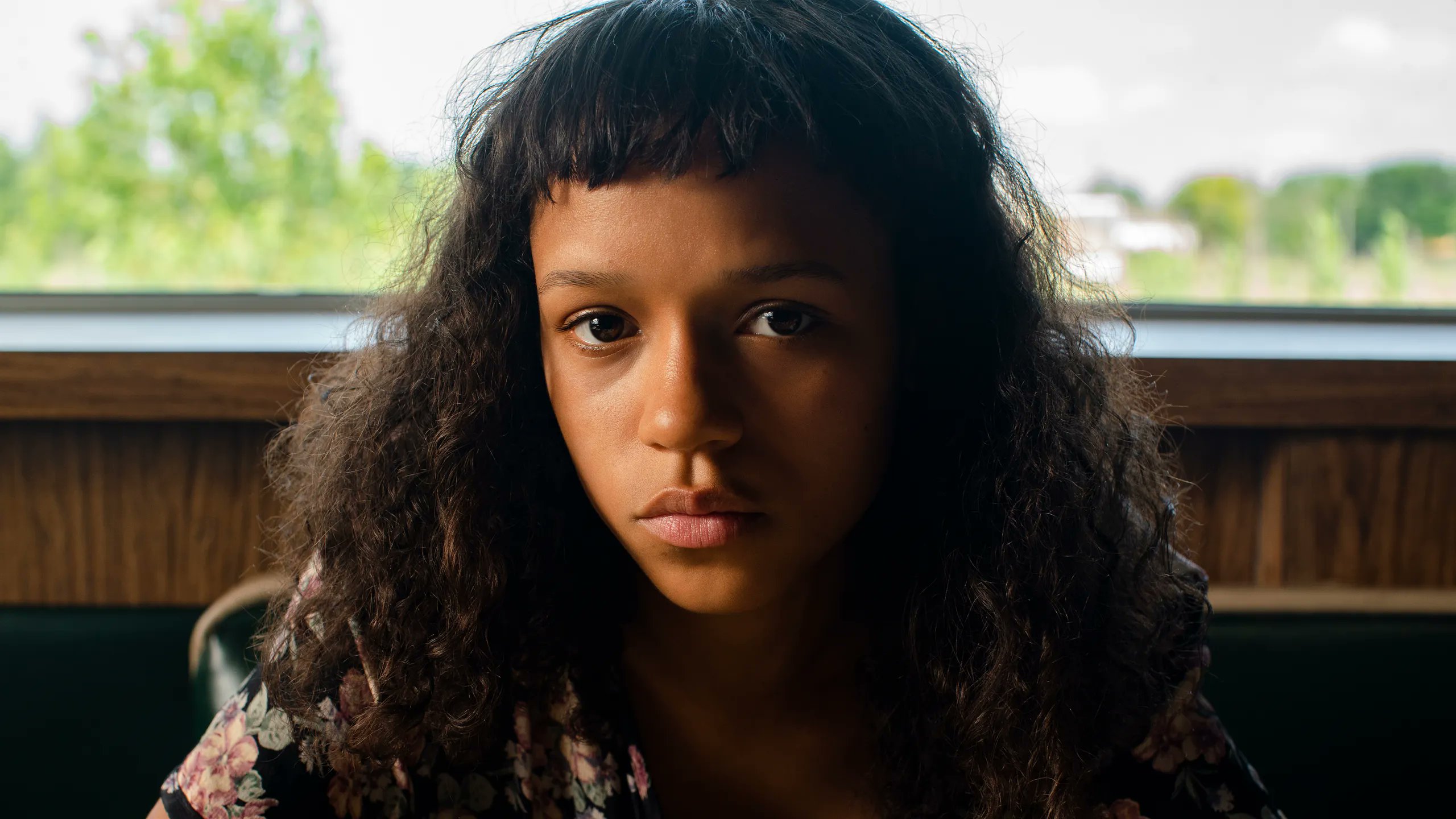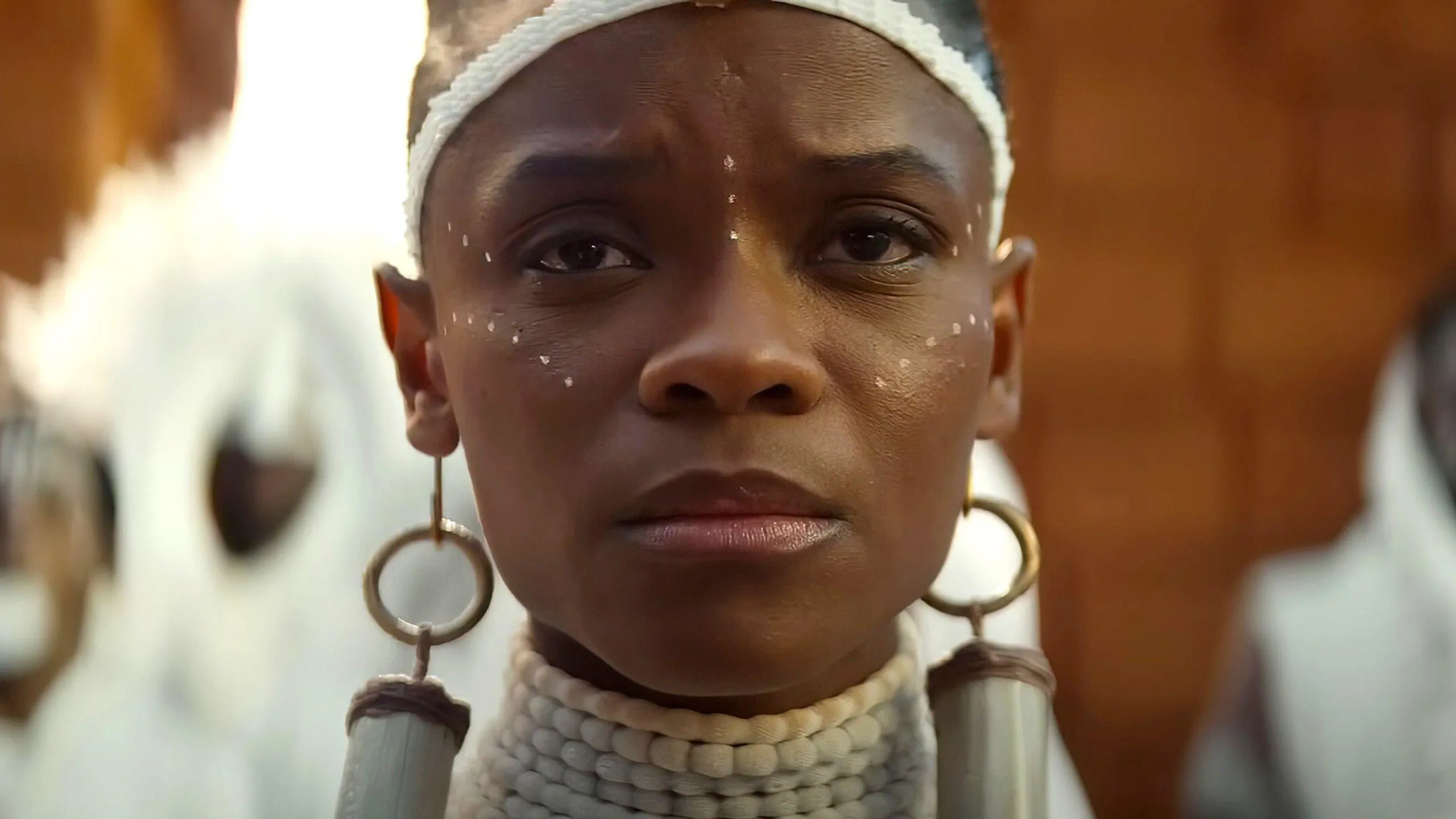
This article is part of a series exploring the films that make up the Unbound: Visions of the Black Feminine season at the BFI. As part of the season, gal-dem is hosting a day of short films and discussion and an introduction to Welcome II The Terrordome. Tickets for Welcome II The Terrordome, and the full programme can be found here.
Ngozi Onwurah, despite being the director of the first independent black British feature film to be released, is not a household name. For a long time, her film Welcome II The Terrordome (1995), was the only film by a black woman to have a UK release. Like many black British women pioneers, her contributions to her craft have been pushed to the peripheries of British film history, yet revisiting her films reveals them to be prescient explorations of race that are just as relevant today.
Onwurah was born to a white mother and a black father in 1960s Nigeria. She was raised in England by her mother, alongside her two other siblings (one of whom, Simon Onwurah, produced Welcome II The Terrordome). Her first work, Coffee Coloured Children (1988), uses Onwurah’s own personal narrative to look at the experiences of being a black mixed-race child in England. It begins gleefully with folk of all races gathered together, dancing, laughing, rejoicing, to the ever optimistic soundtrack of Blue Mink’s song ‘Melting Pot’. The tone of the film darkens almost instantly, its extended background monologue beginning with the question “our childhood memories are blurred, murky, why did the big boys throw dog shit on our front door?”. This is coupled with the visual of this particular act being reproduced for the viewer.
Onwurah’s work does not concern itself with pleasantries, nor tip-toe around the issue of race to comfort a discomfited viewer
Onwurah’s work has always been a direct confrontation of race, and an unpacking of the histories that have moulded the racial structures we know today. It does not spare the viewer from the pain, the guts, nor the unrelenting helplessness felt when experiencing the world as a racialised body. Her bare reproductions of chilling racial abuses are somewhat of a trope. Onwurah’s work does not concern itself with pleasantries, nor tip-toe around the issue of race to comfort a discomfited viewer. Instead, the work is something far harder to consume: it is honest, and its honesty is brutal. Rape is depicted as rape. Violence is depicted as violent. Racism is depicted as a history.
It throws up questions of the role and responsibility of the filmmaker: yes, we live in a racially unequal society, and yes, racism is violent by nature, but what benefit is there in reproducing such images of violence enacted upon marginalised bodies? In recent years, the mainstream has praised modern day re-imaginings of slave history. Steve McQueen’s serious and cinematically stunning reproduction of 12 Years A Slave won best picture at the Oscars, the year after Quentin Tarantino won an academy award for best original screenplay for his primary coloured slave revenge film, Django Unchained. The Birth of a Nation and The History Channel’s Roots were also released in the years following. The critical praise given to these works gave life to a trope that suggested black films could only receive critical praise if they showed black suffering on screen.
This trope proved true with other less decorated, though critically acclaimed films that touched on other periods of racial strife. For example, Fruitvale Station, Ryan Coogler’s account of the last hours of Oscar Grant’s life before he was murdered by the police on New Year’s Eve. And Ava DuVernay, a black woman director, burst open the hearts of many and became somewhat of a household name after the release of Selma, which portrays the marches Martin Luther King led from Selma, Alabama to Montgomery, to protest the lack of protection of voting rights for African-American citizens.
She blurs fiction with fact, documentary with narrative, and performs a cross-cultural analysis of the deep-rooted scars that colonialism has left on the black diaspora
What these particular films do is firmly root racist abuses within a specific time and place in history, absolving viewers who exist outside of those times rom considering their own propinquity to the wider historical narrative. Onwurah’s work does not do this. Instead, she continuously draws links, across countries and continents, across time and space, of the expanding effects that colonialism has had on the black diaspora and racism to this day. She blurs fiction with fact, documentary with narrative, and performs a cross-cultural analysis of the deep-rooted scars that colonialism has left on the black diaspora.
https://www.youtube.com/watch?v=7w2eYw7nWNY
Her feature length film, Welcome II The Terrordome, is an excellent example of this. With the same actors playing characters spanning two different historical eras – an English shore during the height of the slave trade, and a black ghetto in a dystopian, but recognisably modern future – she draws a line between the origins of structural racism as we know it and its pervasive effects through history. Onwurah uses recordings of Malcolm X’s real speeches but applies them to a fictional racial uprising. Some of her characters share names with real leaders of African-American civil rights movements: the character Angela, for example, perhaps named in homage to Angela Davis, has a mother called Rosa Parkson, only a singular syllable away from being Rosa Parks. The unifying of cultural histories does not end with England and the USA, either. The film opens with a description of Igbo spiritual understandings and the story of Igbo Landing, a historic site in Georgia where Igbo people, captured from West Africa in the 17th century, staged a mass suicide rather than exist in slavery on American soil.
At the time of it’s release in 1995, Welcome II The Terrordome was described by Variety magazine as an “angry first feature”, angry being a word all too familiar to black women who have ever tried to be assertive in a space that excluded them. In his review for Empire in 2000, Steve Beard not only misgendered Onwurah, but suggested she seemed “quite unaware of how black concerns have become far more global in the more peaceable 90s”. Watching the film today, with #BlackLivesMatter sparking a second wave of black civil rights movements and racial injustices rarely absent from the news cycle, it would seem unthinkable for a critic to describe the current times as “peacable”, nor, looking back, to describe the nineties as any better. By placing her narrative in multiple spaces throughout history, Welcome II The Terrordome still seems to relevant to today’s ongoing conversations around race.
Perhaps we can blame the nineties for being a different time, a time less aware of the need for Onwurah’s work and a documentation of racism’s history as a fluid, moving thing, a fusion of ideas, constructs and structures, rather than a stagnant reality existing only in the past. Yet I don’t think it’s so much the time that is at fault, but rather a culture of turning a blind eye to the realties of racism, an eye that is scared to look racism in the face in case it is confronted with its own reflection. Onwurah’s work will not be easy to consume, and it will not hold your hand to guide you in your understanding of it. But it will show you what often remains hidden. It will show you what needs to be seen.









